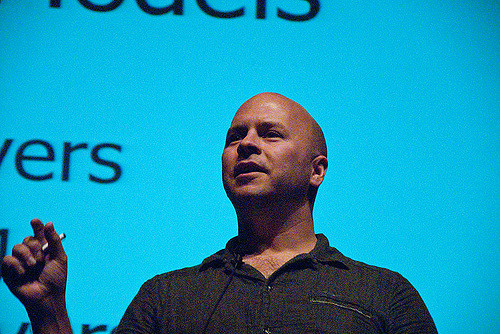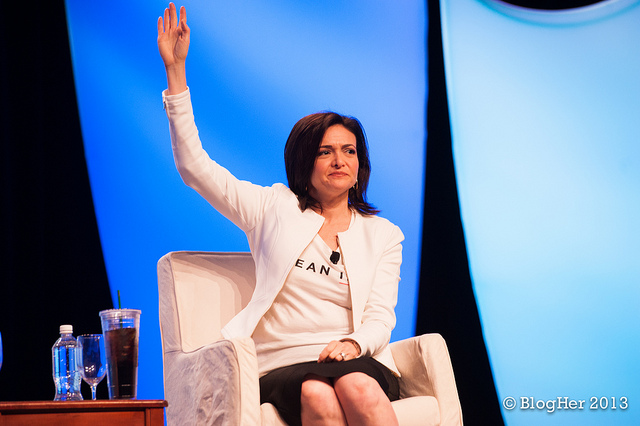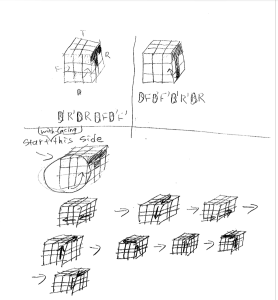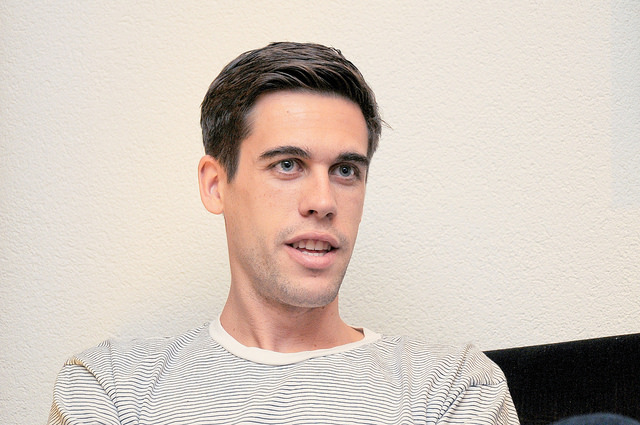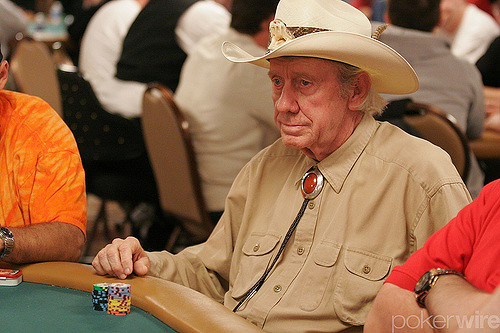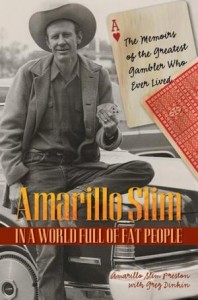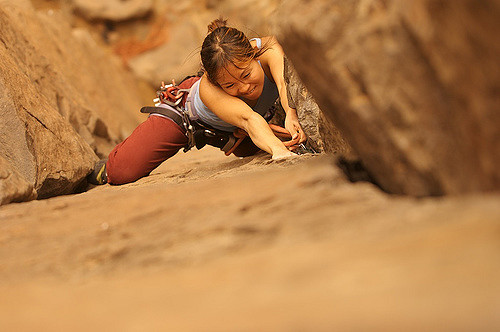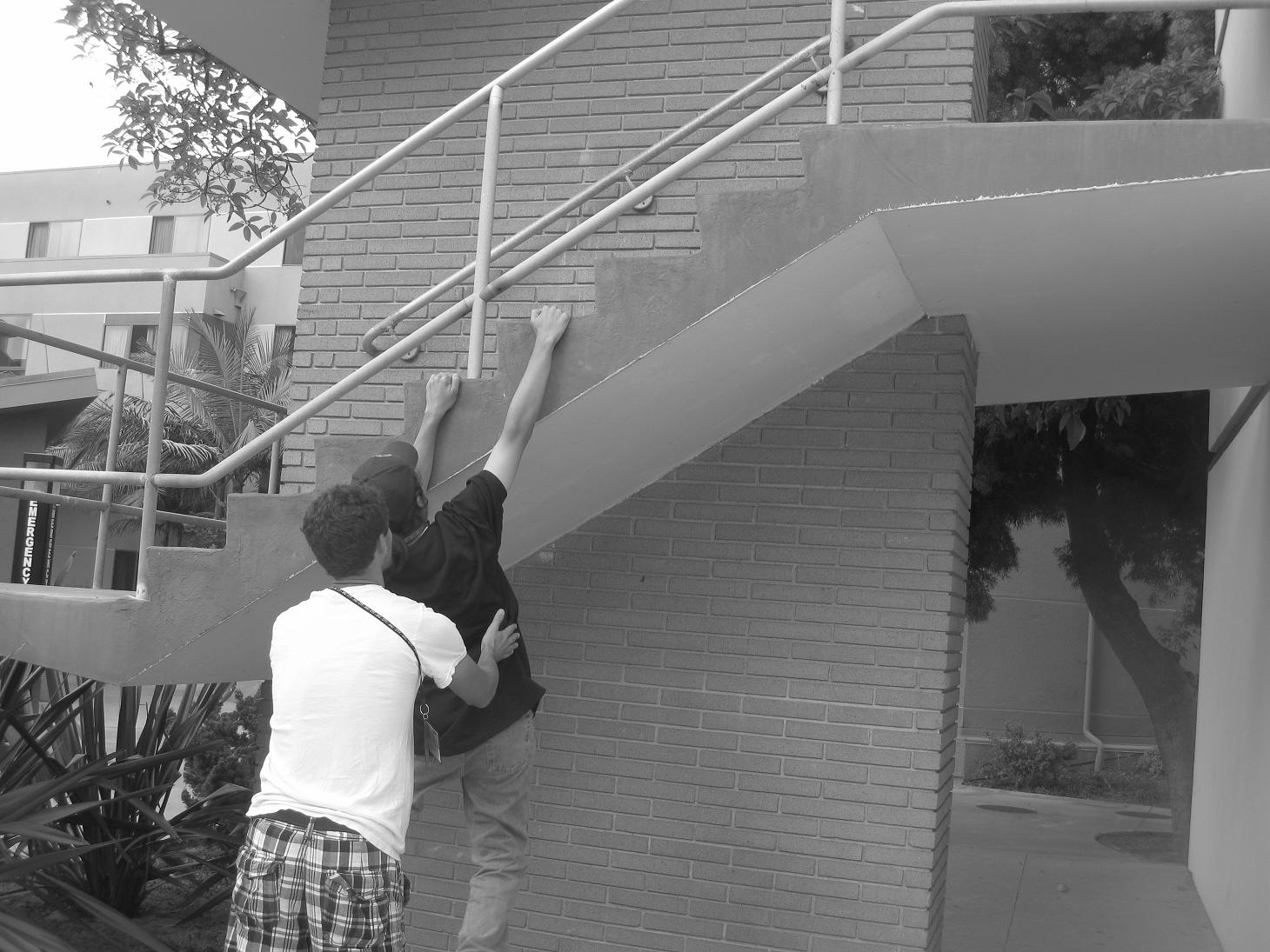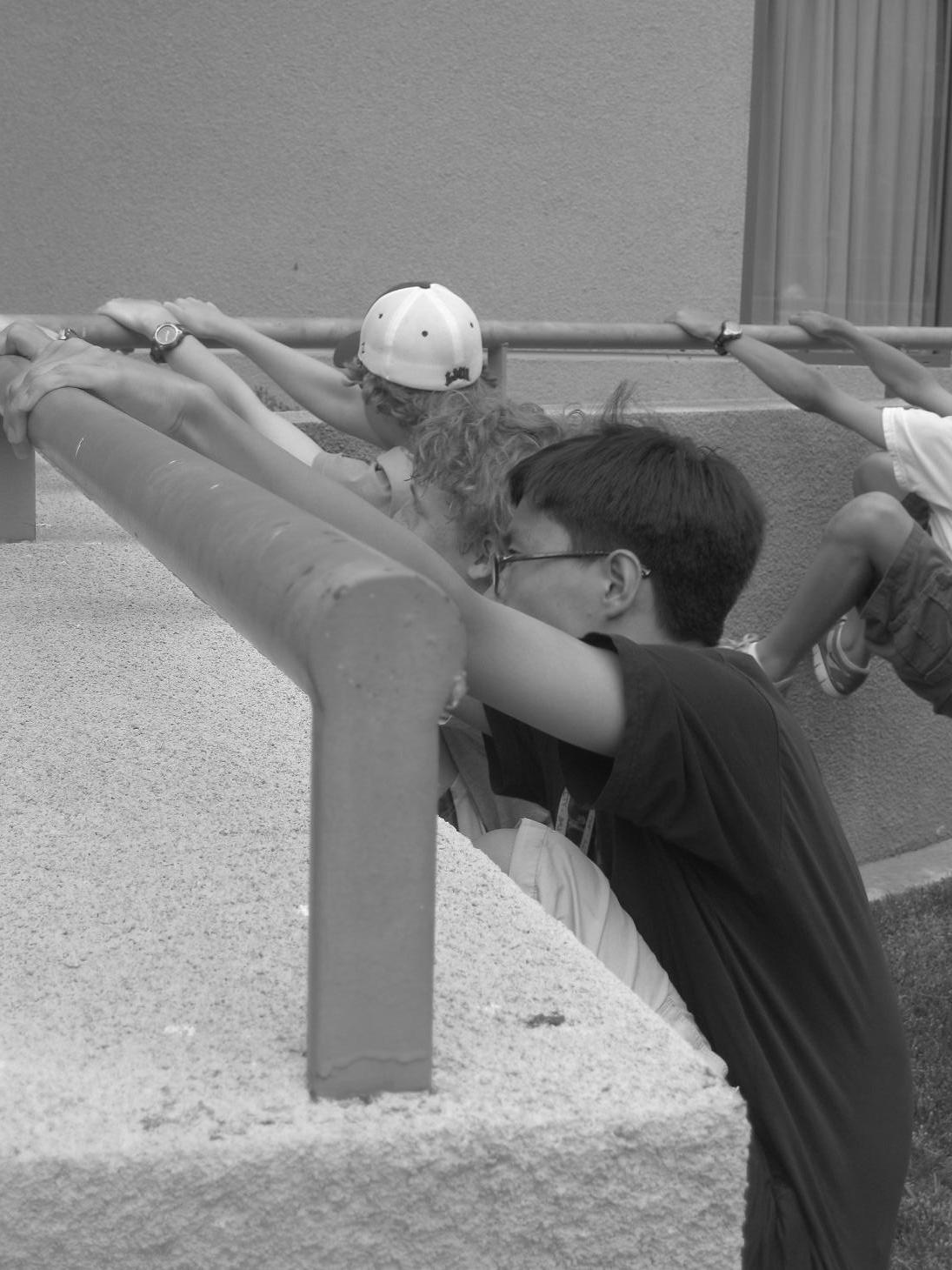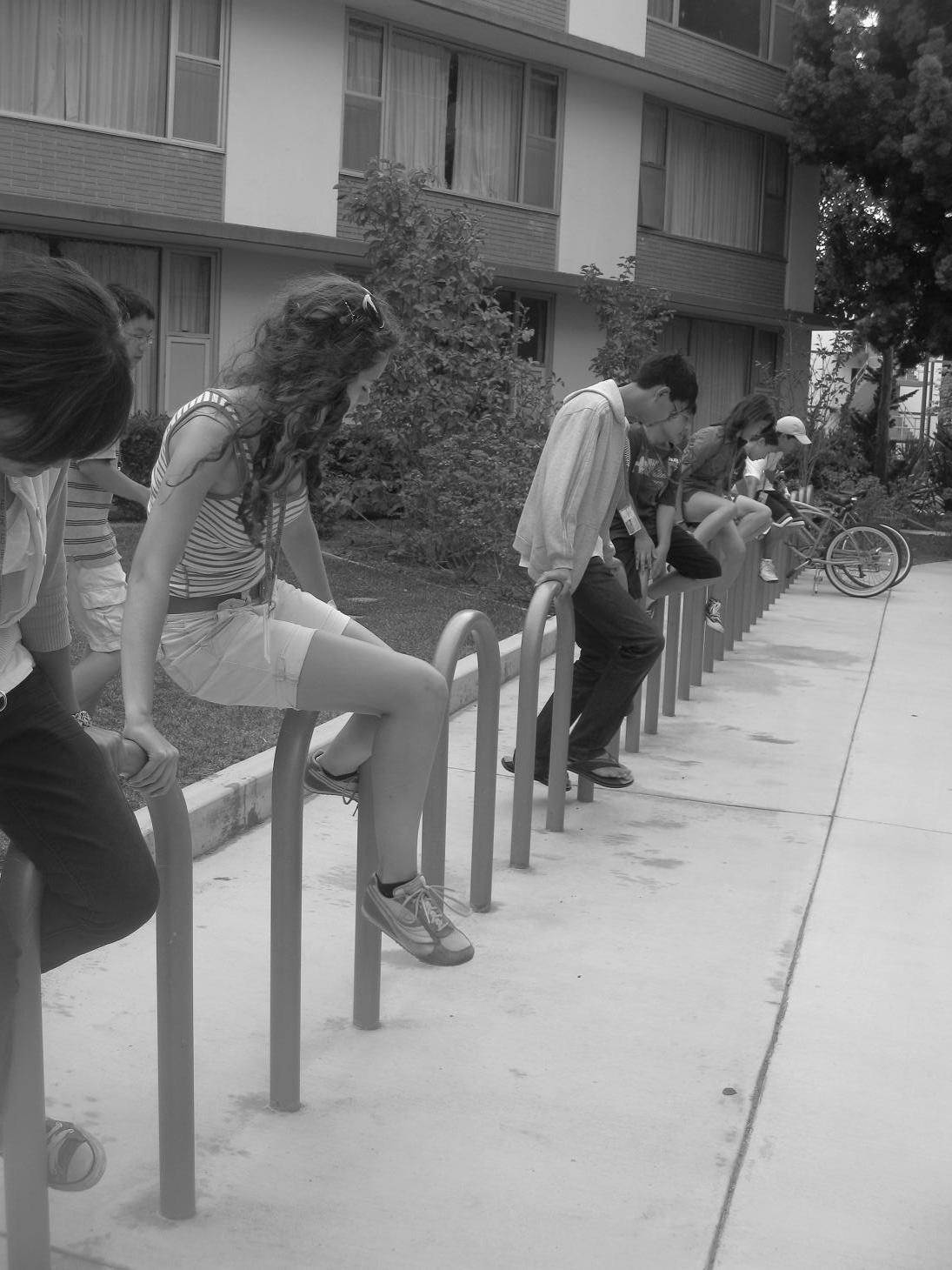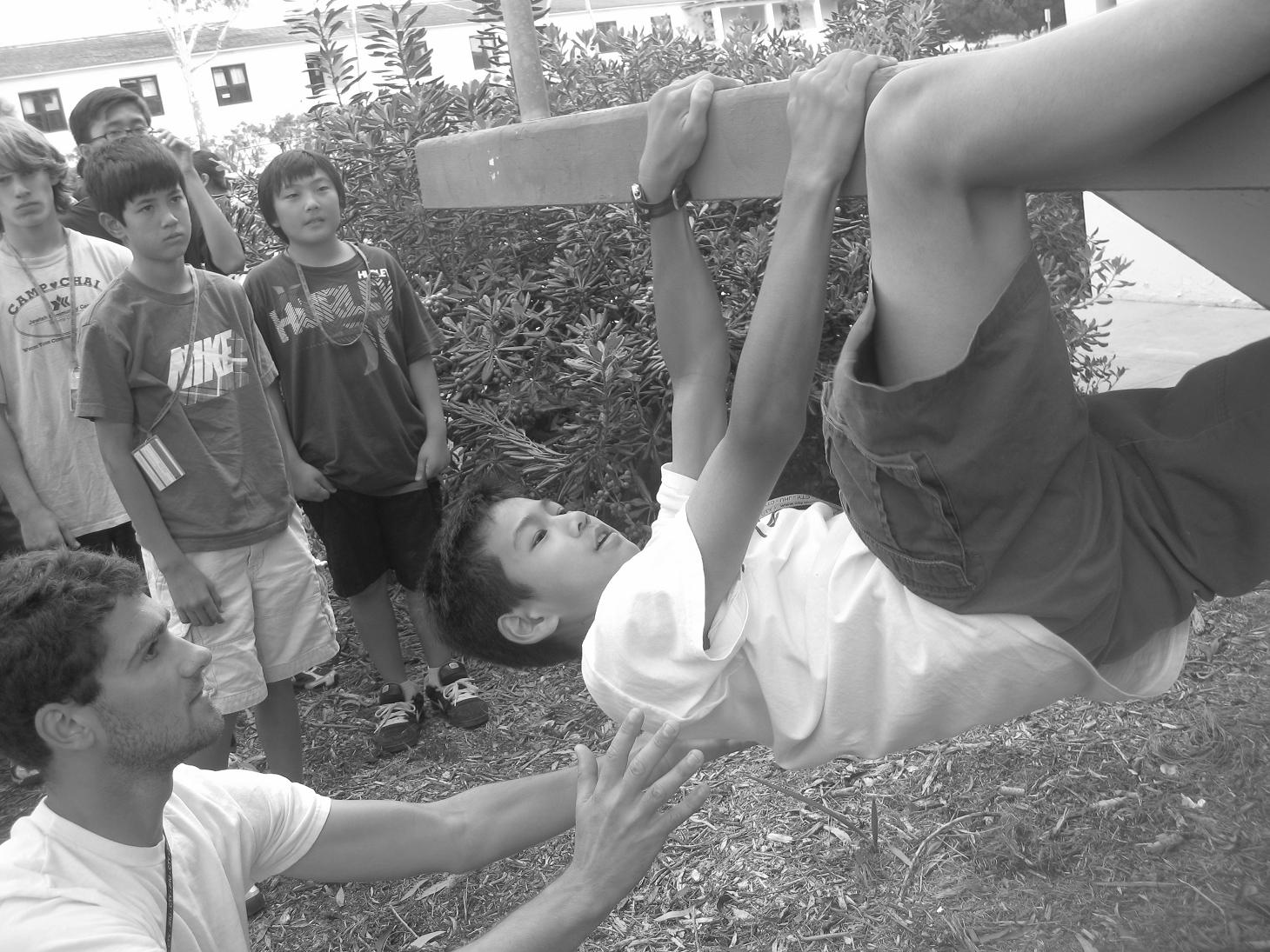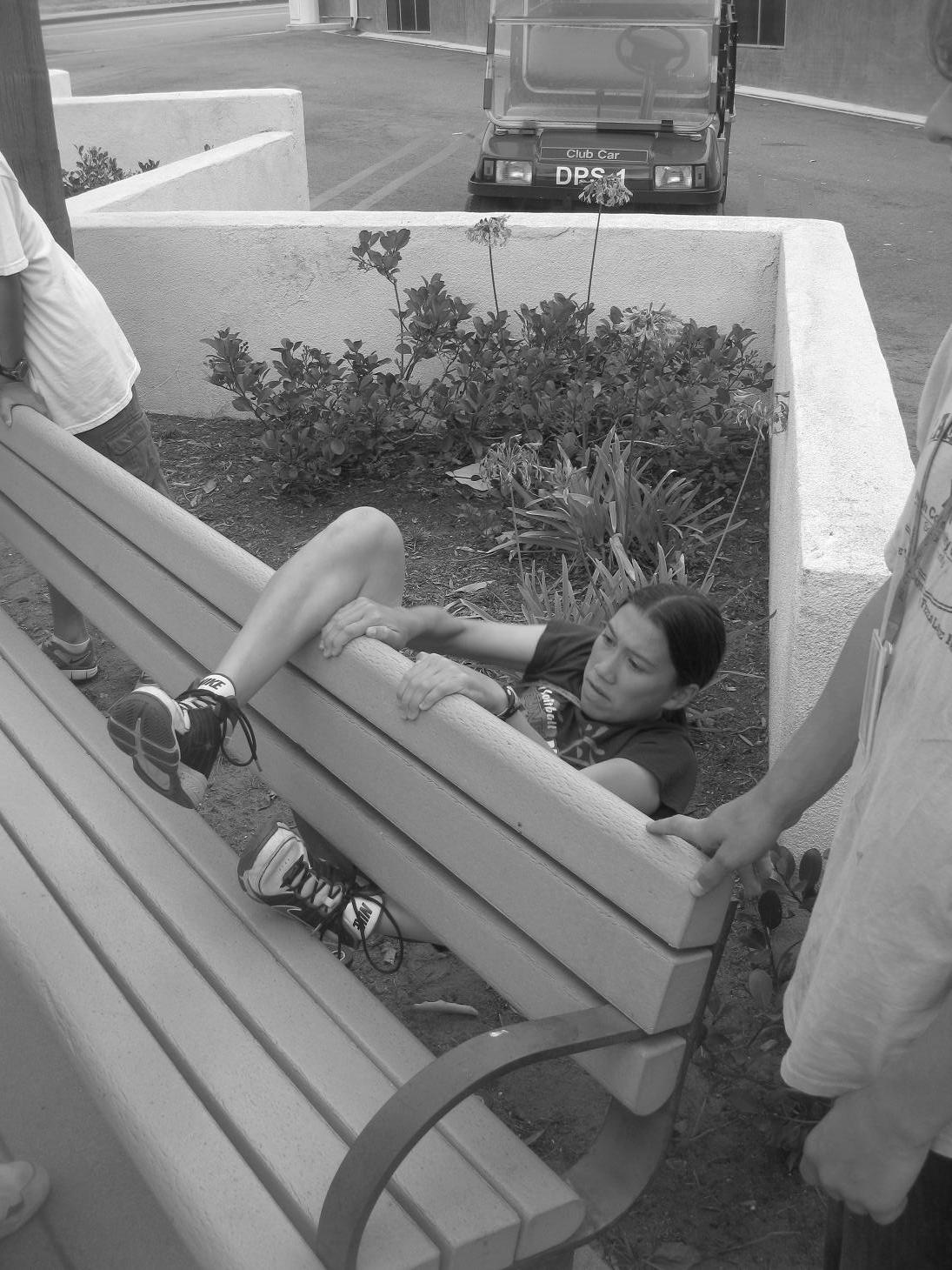This week we’re listening to a great interview, conducted by Ramit Sethi of I Will Teach You to be Rich, of Derek Sivers, the creator of CDbaby. Derek also blogs here.
The first time listening to this interview, my girlfriend and I were driving to Chatsworth for a lunch (yes, that’s correct — instead of a long, meaningful conversation, we hooked up the iPod and got our learn on. That’s true love.) and we followed Derek’s story of the creation and eventual sale of CDBaby on a beautiful Sunday drive, catching the sun at it’s peak as we came down the hill in Chatsworth.
If I had to sum themajor takeaway of the 1-hour interview, it’s with Derek’s one-line: “the standard is for chumps.” Derek illustrates the point far more eloquently with his example of crash course music school (cramming two years of music school into six weeks before he went to Berklee) but what he’s saying is that you don’t have to accept the pace determined for you by others. You don’t have to play by all the same rules. If you want to do something, you have to make it happen for yourself. And if they don’t let you, well, you should change it.
Click here to download the video
The link takes you to Ramit Sethi’s earn1k private list, which if you’re not on, I highly recommend you join, because he puts up such awesome free material, it’s ridicccculous. After you’ve downloaded, listened, maybe checked out Ramit’s I Will Teach You To Be Rich site or Derek Siver’s blog, come back here for other takeaways from this interview:
Takeaways:
08:12 – He lays out his dream scenario for CDBaby, which he broke down to four qualities: 1. get paid every week, 2. full name and address of everyone who buys the music, 3. never get kicked out because you don’t sell enough, 4. no paid placement. Whenever we start a project, do we think about “man, these are the core ideals that I want to hold onto?”
Not that you’ll have to hold onto them forever, or that they won’t change as the business or market changes. But it’s important to recognize what you’re striving for, even if you delineate from that original vision.
16:22 – After putting ~10 years into CDBaby, Derek realized he was finished, “the way a painter takes on final brush stroke, and realizes they’ve finished their painting.” So he sold the company, banking US$22 million.
17:37 – “Are you rich?” Ramit started to say “Yes. Rich isn’t really just a number… it’s about the journey, about what your values are. It’s not about the finality of a number.” They discuss what rich really means.
19:57 – “Ever since highschool, I’ve been making every decision with freedom as the compass, which direction, what decision will point you to freedom?” That’s why I don’t own many thing. Because everything you own is one little weight restricting your freedom.
22:17 – “The ones who shout ‘My country is number one!’ the loudest are the ones who never left.”
24:00 – Ramit talks about how hard Derek and he work. And I believe it, because you don’t achieve their level of success without working hard, so I don’t want to undermine his position on this. I just thought this was a moment worth noting because (especially in my industry) I feel like I’m constantly hearing about how hard people are working. (“Crazy busy” seems like a constant theme of conversation.) It just makes you want to remind people that everyone is busy, everyone is working hard. I feel that way myself. At the end of the day, no one’s going to remember how hard you worked, they’re only going to remember the results you achieved.
24:55 – “My nickname in highschool was the ‘robot’ because no one ever saw me sleep, or drink, or relax, or party. Kimo Williams was a real turning point in my life. I didn’t have a role model who set my expectations high enough. He set a new model for me.”
26:21 – “It moves at the pace of the lowest common denominator. You don’t have to accept the standard pace. The standard pace is for chumps. Whenever you hear anyone tell you this is how long it takes to get a degree, or to get this accredition, that’s for chumps. If you know what you want, you can go for it, and it’s not even with cheating, you just don’t accept the pace, you do it faster… It was like that scene in The Matrix, where Morephus teaches Neo how to fight in the simulated karate scene. In only 2 3-hour lessons, Kimo taught me 4 semester of harmony, in antoher 2 3-hour lessons, he taught me 4 semesters of arranging.” This resonates with a lesson taken from Irving “Swifty” Lazar, one of the greatest literary agents of all time, the King of the Deal, who changed the rules so quickly they ceased to exist. Who booked 3 (or 5, depending on the source) deals for Humphrey Bogart before supper. On a dare.
31:27 – “A typically musician will complain about the world and the state of the music, and say the radio only plays shitty music, and it’s all owned by corporations. Well, then let’s make a radio station. If you don’t like the distribution, make your own distribution. Gary Jules created a venue for people who just wanted to listen to music in Hollywood, while his friends complained about how everyone was just posturing in order to get a record deal, and that Hollywood was just crowded with Scenesters. So Gary just walked around until he found a venue (coffee shop)… called Hotel Cafe, and he convinced them to let him use the space. Now it’s a great place to play. Gary just made that place exist, and I love that mentality towards life. If you’re dissatisfied with it, change it.”
40:05 – When you find people who match the “what” you want in life, make sure they also match the “why” they want it too.
52:00 – A discussion on delegation “I had to teach them how to do everything I was doing. So if they asked a question, I made sure everyone heard the answer, and they understood the why, so they wouldn’t ask that type of question anymore.
Click here to download the video
Full Transcript of the Interview
Adam Ayer’s Cliff Notes on the video
If you skipped the link in order to just get my notes on it, definitely do yourself a favor and download it yourself. I wrote down the nuggets that resonated with me, and most of them care from Derek Sivers, probably because this is the first time I’ve heard him speak. Ramit’s dropped a handful of great tips as well, but because I’ve been listening to his material for a much longer time, it didn’t resonate to the same degree.
Photo Credit: Jim Roberts
